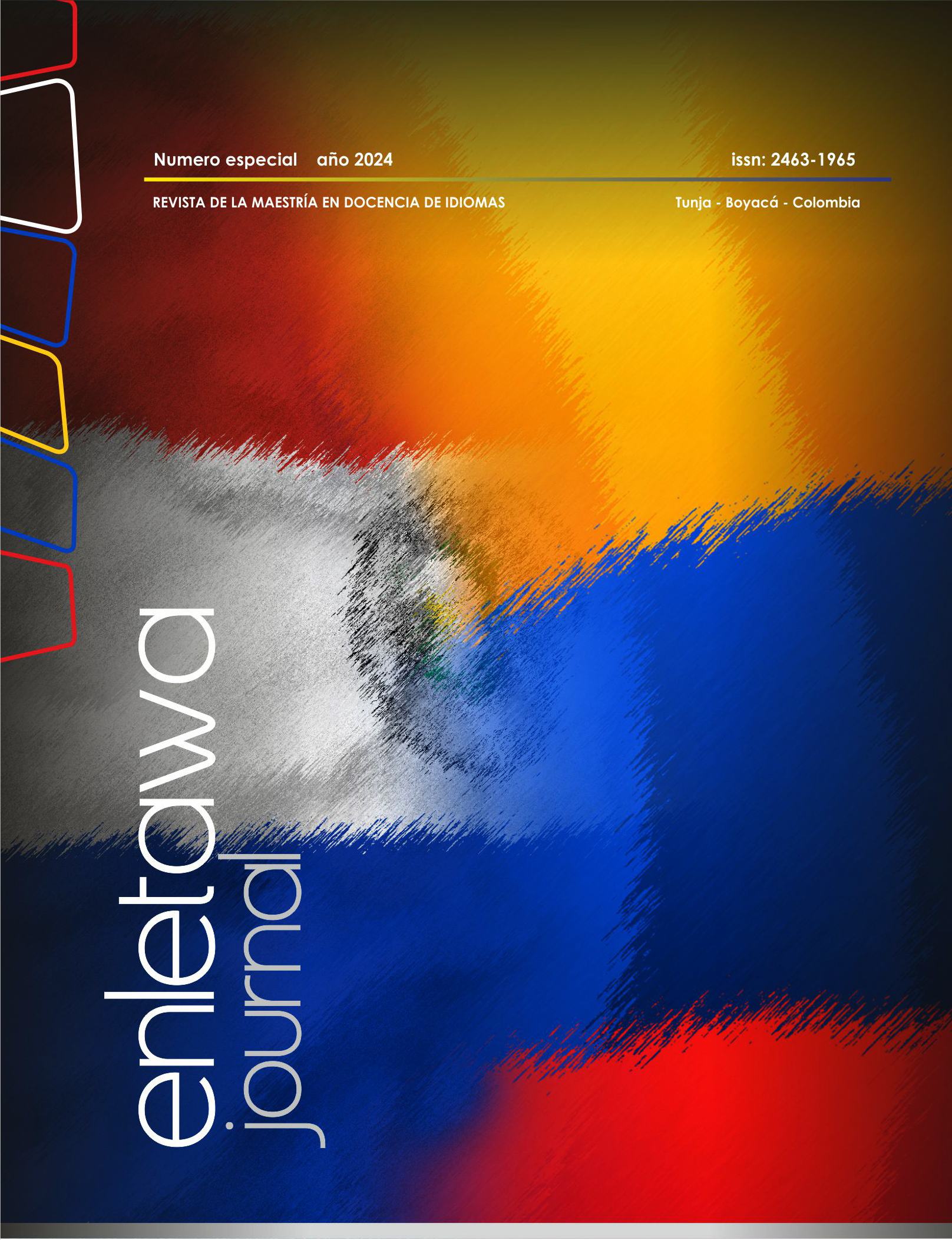EFL Teacher Education Proposal Addressed at Pre-Service Teachers in Paraguay

Abstract
The purpose of this article is to describe the design process of an educational proposal for pre-service teachers of English as a Foreign Language (EFL). The main objective was to integrate language learning with teaching methodology so that pre-service teachers would be able to teach English in elementary schools by the end of their initial teacher training. This study was conducted at the Centro Regional de Educación Juan E. O' Leary, at Nivel Formación Docente in Concepción, Paraguay. The reflections, understandings, and experiences of the academic community members were examined through a thematic analysis. The results of the diagnosis revealed shortcomings in the current EFL training program, particularly in its curricular design. In response, a new design process was initiated, aimed at integrating language acquisition and teaching practices. This was achieved by increasing face-to-face classroom training time in the new syllabus, reconceptualizing teaching content, and reorienting pedagogical methods.
Keywords
initial teacher education, EFL, TEYL, loop input
References
- Arriaga Hernández, M. (2015). El diagnóstico educativo, una importante herramienta para elevar la calidad de la educación en manos de los docentes. Atenas, 3(31), 63-74.
- Berliner, D. C. (2000). A Personal Response to Those Who Bash Teacher Education. Journal of Teacher Education, 51(5), 358-371.
- Berwick, R. (1989). Needs Assessment in Language Programming: From Theory to Practice. In R. K. Johnson (Ed.), The Second Language Curriculum (pp. 48-62). Cambridge University Press.
- http://dx.doi.org/10.1017/CBO9781139524520.006
- Braslavsky, C. (2002). Teacher Education and the Demands of Curricular Change. In 42nd Charles W. Hunt Memorial Lecture. AACTE Publications.
- Braun, V., & Clarke, B. (2006). Using Thematic Analysis in Psychology. Qualitative Research in Psychology, 3(2), 77-101.
- Bredeson, P. V. (2002). The Architecture of Professional Development: Materials, Messages and Meaning. International Journal of Educational Research, 37(8), 661-675.
- Bruns, B., & Luque, J. (2014). Great Teachers: How to Raise Student Learning in Latin America and the Caribbean. World Bank Publications.
- Cárdenas Ramos, R. (2009). Tendencias globales y locales en la formación de docentes de lenguas extranjeras. Íkala, Revista de Lenguaje y Cultura 14(22), 71-106.
- Cronquist, K., & Fiszbein, A. (2017). El aprendizaje del inglés en América Latina. Centro de Investigación Educativa AIP.
- Díaz-Maggioli, G. (2012). Teaching Language Teachers: Scaffolding Professional Learning. Rowman & Littlefield.
- Dubin, F. (1986). Course Design. Cambridge University Press.
- Edmundson, P. J. (1990). A Normative Look at the Curriculum in Teacher Education. The Phi Delta Kappan, 71(9), 717-722.
- Freeman, D. (2009). The Scope of Second Language Teacher Education. The Cambridge Guide to Second Language Teacher Education, 11-19.
- Freeman, D. (2016). Educating Second Language Teachers. Oxford University Press.
- Granados-Beltrán, C. (2018). La interculturalidad crítica en los programas de formación inicial de docentes de lenguas extranjeras en el contexto colombiano contemporáneo. Universidad Santo Tomás, Facultad de Educación, Doctorado en Educación. https://repository. usta. edu. co/bitstream/handle/11634/15503/Granados-Beltr% C3% A1n
- Graves, K. (1996). Teachers as Course Developers. Cambridge University Press.
- Graves, K., & Xu, S. (2000). Designing Language Courses: A Guide for Teachers. Heinle & Heinle.
- Hutchinson, T. (1987). English for Specific Purposes. Cambridge University Press.
- Johnson, R. K. (1989). The Second Language Curriculum. Cambridge University Press.
- Korthagen, F., Loughran, J., & Russell, T. (2006). Developing Fundamental Principles for Teacher Education Programs and Practices. Teaching and Teacher Education, 22(8), 1020-1041.
- Landsheere, G. (1985). Teacher Recyclage.
- Marí Mollá, R. (2001). Diagnóstico pedagógico. Ariel.
- McNamara, D., & Desforges, C. (1978). The Social Sciences, Teacher Education and the Objectification of Craft Knowledge. British Journal of Teacher Education, 4(1), 17-36.
- Ministerio de Educación y Ciencias. (2019). Nueva Formación Docente en Paraguay. Tareas para la mejora de la calidad. MEC.
- Nunan, D. (1989). Designing Tasks for the Communicative Classroom. Cambridge University Press.
- Richards, J. C. (1990). The Language Teaching Matrix. Cambridge University.
- Schön, D. (1983). Learning, Reflection and Change. Infed Org.
- UNESCO. (2017). Education for Sustainable Development Goals: Learning Objectives. Division for Inclusion, Peace and Sustainable Development, Education Sector.
- Vaillant, D. (2005). Formación de docentes en América Latina: re-inventando el modelo tradicional (vol. 15). Octaedro.
- Vaillant, D., & Marcelo, C. (2015). El ABC y D de la formación docente (vol. 134). Narcea Ediciones.
- White, R. V. (1988). The ELT Curriculum: Design, Innovation and Management. Basil Blackwell.
- Wiggins, G., and McTighe, J. (2007). Schooling by Design: Mission, Action, and Achievement. Association for Supervision and Curriculum Development.
- Woodward, T. (1991). Models and Metaphors in Language Teacher Training: Loop Input and Other Strategies. Cambridge University Press.
- Woodward, T. (1988). Loop-Input: A New Strategy for Trainers. System, 16(1), 23-28.
- Zeichner, K. (1996). Designing Educative Practicum Experiences for Prospective Teachers. In K. Zeichner, S. Melnick, & M. L. Gomez (Eds.), Currents of Reform in Preservice Teacher Education (pp. 215-234). Teachers College Press, Teachers College, Columbia University.
